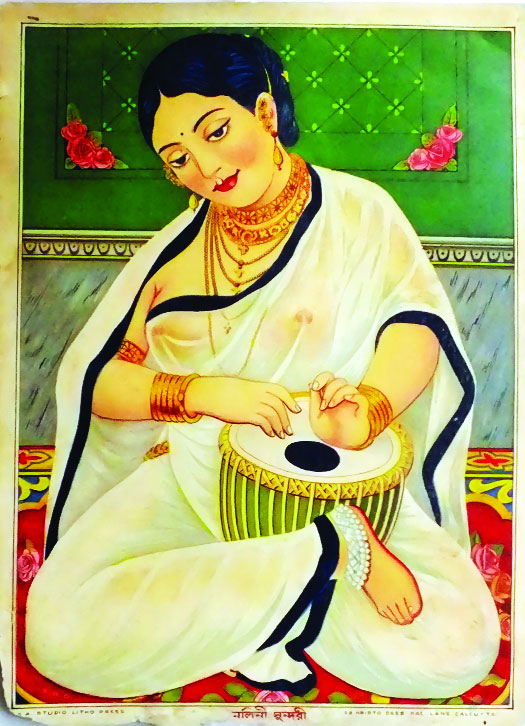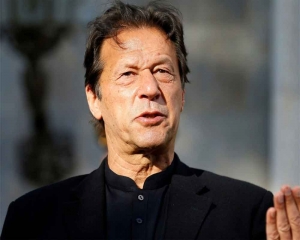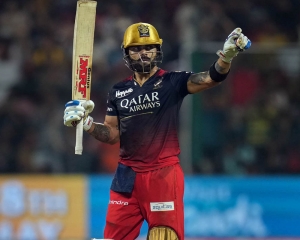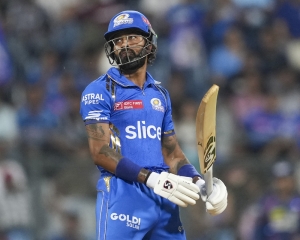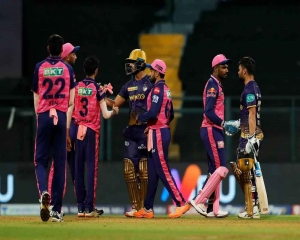Though the foreigners were pleased by the efforts of the local artists, the latter’s sense of perspective or figure left much to be desired. To correct this, an art school was set up in Calcutta (Calcutta School of Art) in 1854 to teach the techniques of painting. Henry Hoover locke introduced the teaching methodology of South Kensington School of london which followed the naturalism style of Joshua Reynolds
In the 19th century, the Mughal era, famous for its art and architecture, was coming to an end. Its influence in Bengal ebbed with the French and Portuguese establishing their trading outposts during the time of Aurangzeb. like the Mughals, these traders used local artists to satisfy their aesthetic sense and in places like Chinsurah, Chandarnagar and Serampore, these artists were commissioned for portrait paintings. To follow the orders of their patrons, these artists would paint the lords and ladies of the household, their pets and the houses as well.
During this time, many of these local artists became familiar with the landscape paintings of the European painters. The name of Sheikh Mansoor Ali of Kareya crops up often. He imitated the Europeans to such an extent that his kind of paintings came to be known as belonging to the Company School. Some of these paintings are called “Dutch Bengal” or “French Bengal” according to their antecedents.
Though the foreigners were pleased by the efforts of the local artists, the latter’s sense of perspective or figure left much to be desired. To correct this, an art school was set up in Calcutta (Calcutta School of Art) in 1854 to teach the techniques of painting. From 1864, its administration was completely taken over by the government. Henry Hoover locke was sent by the British government as director of the school. He introduced the teaching methodology of South Kensington School of london which followed the naturalism style of Joshua Reynolds.
Curator Ashit Paul, who has put together a rare collection of oil paintings, lithographs and oleographs from the 19th century in an exhibition titled Swadeshi Art at Akar Prakar Gallery, says, “The products of this school brought a radical change in the scenario of art in Calcutta from the middle of the 19th century. These works are now named the pre-Bengal school. These artists also strengthened the base of the Bengal School to come. Both the British rulers and art connoisseurs of our country started to admit that the artists of this school could form a platform for ‘High Art’.”
Reena lath, Director, Akar Prakar, says, “Some rare oil, litho and oleograph paintings of the Pre-Bengal School from the 19th century are collected here. Most of the time there is no mention of the artist and the period but these paintings help to develop an idea of the nature of the work of the artists and the era of these paintings. At that time, religious and mythological paintings were more popular. Besides the paintings, the litho prints and oleographs also reveal the trends of the Pre-Bengal School. There are also oleographs of Bamapada Bandyopadhyay besides the litho prints of Calcutta Art Studio and Kansaripara Art Studio.”
Pat painting of Kalighat became popular at that time in Calcutta. Everything was depicted through this medium. Mythology, religion, social scandals and social satire, nothing was beyond the reach of the Potuas. The popularity of this form inspired the wood cut artists of Battala. They also appeared in the market with huge, hand-painted, wood-cut paintings. Not only this, these artists painted for books and magazines, even panjikas, and captured the market. The Potuas took the help of the “litho” prints to stay in the competition. The outlines of the pictures would be printed and the Potuas would only fill them with colours.
Formal art-educated artists of that time were Annadaprasad Bagchi (1849-1905), Shyamacharan Shrimani, Nabakumar Bishwas (1861-1935), Phanibhushan Sen, Krishnachandra Pal, Yogendranath Mukhopadhyay, Bamapada Bandyopadhyay (1851-1932), Shashikumar Hem, Bhabanicharan laha (1880-1946) and many others. These artists used to depict perspectives, figures, and landscapes in oil and water colours following the European method. Many portraits, religious paintings and other paintings were also painted by them for personal purposes of the Company officers or home-grown patrons. These paintings were placed beside the European creations in exhibitions and competitions. Their paintings gained the appreciation from intellectuals and art connoisseurs locally as well as from every corner of the country.
Annadaprasad Bagchi was the most advanced, talented and expert in all media in this group of artists. He was given the responsibility of teaching in his alma mater after completing his course at the Art School. In 1878, he established Calcutta Art Studio near Bowbazar with Nabakumar Biswas, Phanibhushan Sen and Yogendranath Mukhopadhyay, fellow artists at Art School, to make realistic paintings more popular and easily available. In those days, few could afford to buy the oil paintings. They decided to print in “litho” besides paint in oil and water colour, so that they would be within reach of the people. (The litho prints of the paintings of Raja Ravi Varma were yet to come from western India.)
It can be said that due to the cheaper Battala literature, the small “litho” studios of Kansaripara and Chorbagan started to print many paintings. Painters of Art School were also attached to these studios. But the painters of Calcutta Art Studio specifically never painted or printed any cheap paintings for the market. Rather, their portfolio had patriotic paintings besides mythological or religious paintings.
Patriots like Surendranath Bandyopadhyay, Keshabchandra Sen, and Swami Vivekananda used to visit the studio. Mythological or religious paintings of the studio became very popular and gradually these paintings replaced “High Art” as the top draw. The paintings of Kansaripara and Chorbagan also became popular. Following the market dictates, they also included religious pictures as well as cheap paintings which became popular. The influence of Kalighat pat may be noticed in these paintings. Besides oil paintings, these pictures gave the art of Calcutta an identity of its own.
The oil paintings of Bamapada Bandyopadhyay were printed in “oleographs” from Germany and captured the market of Calcutta. The German printers often failed to maintain the subtleness of another painter, Bamacharan Bandyopadhyay’s paintings. Entering the 20th century, these pictures existed only for three decades. In the meantime, under the leadership of Abanindranath Tagore, the artists of Bengal School introduced Indian art to the world, consequently making it more modern.
(The exhibition is on at Akar Prakar, 29, Hauz Khas Village, New Delhi till October 15)













